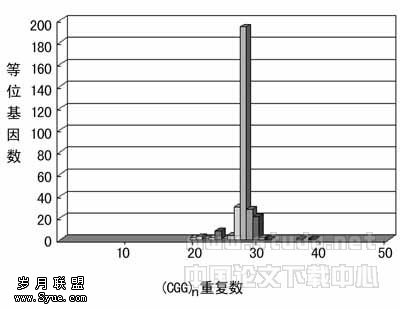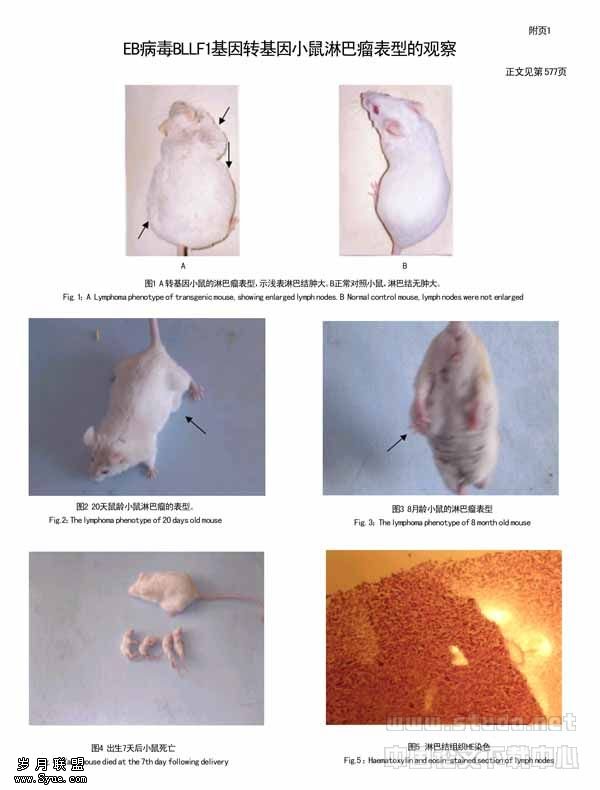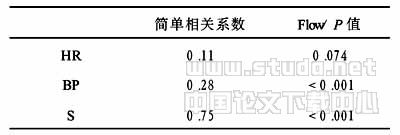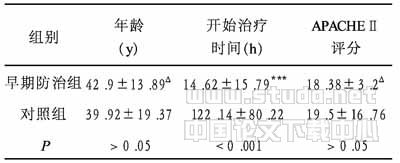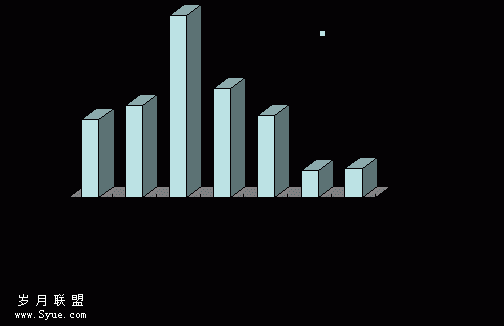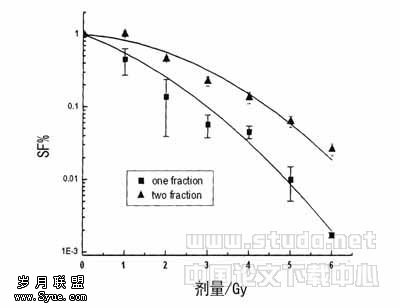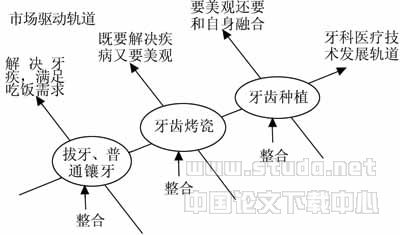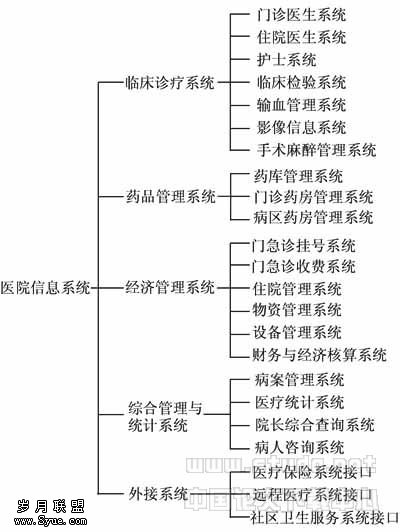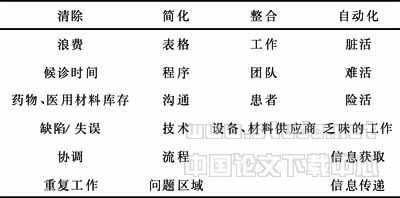激活素A和卵泡抑素对冻融人胎儿卵巢雌二醇分泌的影响
作者:池海虹,周颖,祝怀平,金畅,叶碧绿
【关键词】 激活素A;卵泡抑素;胎儿;卵巢;雌二醇
Abstract: Objective:To investigate the effect of Activin A-follistatin on steroidogenesis of frozen-thawed human fetal ovary in vitro. Methods: The frozen-thawed fetal ovarian tissue was cultured individually in minimal essential medium (MEM) for 8 days. Under the experimental conditions, the medium was supplemented with either Activin-A (Act A group) or follistatin (FS group) or the combinations of Activin-A and follistatin (A+F group). The concentration of E2 in cultured medium was detected with immunoluminescence method. Results: The levels of E2 at 4th day, 6th day and 8th day were higher than that at 2nd day (P<0.05), The secretion of E2 increased at first, then decreased with the highest level at 6th day. The level of E2 of Act A group was significantly greater than that of the control group, FS group and A+F group (P<0.01). Conclusion: Frozen-thawed human fetal ovary can excrete estrodiol under the condition of tissue culture. Act A can increase the excretion of estrodiol in cultivated ovarian tissue, and the effection of Act A can be suppressed by FS.
Key words: activin A; follistatin; fetal; ovarian tissue; estrodiol
近年来发现的一组性腺起源的细胞因子--激活素(Activins),对卵泡发育有着重要的局部调节作用,尤其是激活素A(Activin A,Act A)。尽管有较多的研究表明了激活素对不同动物卵泡发育的影响[1-3],但对人胎儿卵巢内卵泡发育的影响尚未见报道。本研究以胎儿卵巢为研究对象,比较Act A和卵泡抑素(FS)在体外组织培养条件下对冻融人胎儿卵巢E2分泌的影响,探讨其在人卵泡发生过程中可能的调节作用。
1 材料和方法
1.1 标本 卵巢组织取自因计划生育或医疗原因需行药物引产(利凡诺+米菲司酮)的32周胎儿(温州医学院教学分娩室提供)共3例,于引产后2 h内无菌条件下取材,置于预冷的Leiboviz-15(L-15,美国sigma公司产品)基础培养液中待用。本研究经我院伦理委员会批准。
1.2 试剂和仪器 基础培养液为MEM培养液(购自GIBCO公司),含5%小牛血清,100 U/ml的FSH, 100 IU/ml青霉素和100 IU/ml链霉素,1/100 ITS(胰岛素-转铁蛋白-硒,insulin-transferrin-selenium),pH 7.0~7.2。Act A、FSH、FS均为Sigma公司产品。E2测定采用美国贝克曼库而特公司BXI800仪器及试剂。
1.2 实验方法
1.2.1 冷冻及复苏: 将胎儿卵巢组织去除髓质及周围结缔组织后,切成5 mm×5 mm×1 mm大小,放入装有冷冻保护剂1.5 mol/L丙二醇(PROH)的冷冻管中,按照Oktay[4]提出的慢冻速融法处理。
1.2.2 体外培养及分组:冻融卵巢皮质块切成2 mm×2 mm×1 mm大小,随机放入加有0.8 ml培养液的24孔培养板内,37 ℃、5%CO2培养箱内培养,隔天半量换液,共培养8 d。实验共分四组:MEM组(Minimum Essential Medium,基础培养液)即对照组、Act A组(基础培养液+100 ng/ml Act A)、FS组(基础培养液+100 ng/ml FS)和A+F组(基础培养液+100 ng/ml Act A+100 ng/ml FS);每组4块组织。所有实验重复3次。
1.2.3 E2的测定: 收集培养2 d、4 d、6 d、8 d的培养液,采用免疫发光法,按美国贝克曼库而特公司BXI800仪器及试剂说明测定E2的含量。质控符合要求,批内变异系数<10%,批间变异系数<15%。
1.3 统计学处理方法 采用重复测量资料方差分析进行比较,采用Dunnet进行两两比较。
2 结果
所有培养组的卵巢组织,培养4 d、6 d、8 d分泌的E2值均高于2 d值,差异有显著性(均P<0.05),总体呈先增加后减少改变,在培养后6 d可达较高水平;Act A组E2分泌量明显高于对照组、FS组和A+F组,差异有显著性(均P<0.01),详见表1。
3 讨论
3.1 胎儿卵巢组织体外培养条件下能分泌E2 本实验结果显示,胎儿卵巢组织在体外培养条件下能产生E2。目前,国内外对卵巢组织体外培养的最佳时间尚无定论,除鼠卵巢组织外,其他哺乳动物的卵巢组织即使体外培养20 d,组织内的初级卵泡也不能发育到次级卵泡阶段[5]。本研究中E2分泌量随培养时间延长先增加后减少,在培养后6 d可达较高水平,这是否提示人胎儿卵巢组织的体外最佳培养时间为6 d尚有待进一步研究。
3.2 Act A和FS对卵巢组织E2分泌的影响 Act A是最早在性腺发现的糖蛋白激素,属于转化生长因子(transforming growth factor,TGF)β超家族成员。1986年首次从猪的卵泡液中分离、纯化,根据其具有特异性地促进垂体细胞分泌、合成卵泡刺激素(Follicle stimulating Hormone,FSH)的生物学活性而得名[6],主要以旁分泌和自分泌途径发挥生物活性。目前的研究认为,Act A是一种调节组织细胞功能的基本介质,具有广泛的生物学活性,参与调节颗粒细胞的增殖和分化、类固醇激素的产生[7],支持卵泡生长并抑制卵泡闭锁[8]。近年来, 在人卵泡颗粒细胞上也发现了Act A的受体[9]。本研究结果显示,Act A对卵巢组织类固醇激素的分泌有促进作用,Act A处理组的E2分泌量较对照组明显增加。其促进E2分泌的机制可能为,Act A诱导卵泡颗粒细胞形态变化,并通过增加颗粒细胞上FSH的受体水平及结合位点,使FSH的生理作用增强[10],后者能刺激芳香化酶活性,增加E2的生成。
FS是一种主要由多种垂体细胞和卵巢颗粒细胞分泌的单聚体糖蛋白,1987年首次从牛卵泡液中提取出来,能抑制FSH分泌。在本实验中,FS组与对照组相比,E2分泌量无明显差异,说明FS单独使用未对卵巢E2的分泌产生影响。
FS在结构上与Act A无关联,但可通过与Act A的不可逆结合,间接抑制颗粒细胞芳香化酶的活性、抑制垂体FSH分泌并下调未分化颗粒细胞FSH受体的表达,拮抗Act A对卵泡的作用[11]。在对羊FS表达的研究中发现,FS蛋白存在于羊原始卵泡的卵母细胞和初级、次级卵泡的卵母细胞和颗粒细胞中,但mRNA仅在次级卵泡的颗粒细胞中检测到,因为Fs结合并中和了Act[12],这说明在早期卵泡发育中,FS可能调控了Act A的生物活性。本实验结果显示,A+F组E2分泌量明显低于Act A组,提示FS可能拮抗了Act A对卵巢E2分泌的促进作用。朱辉等[13]在对离体大鼠卵泡体外培养实验中,也观察到相同的效应。
【】
[1] Vanderhyden BC, Macdonald EA, Nagyova E, et al. Evaluation of Members of the TGF-beta Superfamily as Candidates for the Oocyte Factors That Control Mouse Cumulus Expansion and Steroidogenesis[J].Reprod Suppl,2003,61(1):55-70.
[2] Calp MK, Matsumoto JA, Van Der Kraak G.. Activin and Trans-forming Growth Factor-Beta as Local Regulators of Ovarian Steroidogenesis in the Goldfish[J]. Gen Comp Endocrinol,2003,132(1):142-150.
[3] Shidaifat F,Khamas M, Hailat N. Activin-a Differentially Regu-lates Steroidogenesis by Sheep Granulosa Cells[J]. Res Vet Sci,2001,71(1):23-25.
[4] Oktay K, Newton H, Aubard Y, et al. Cryopreservation of Immature Human Oocytes and Ovarian Tissue: An Emerging Technology [J]. Fertil Steril,1998,69(1):1-7.
[5] Fortune JE, Kito S, Wandji SA,et al. Activation of Bovine and Baboon Primordial Follicles in Vitro[J]. Theriogenology,1998,49(2):441-449.
[6] Vale W, Rivier J, Vaughan J, et al. Purification and Character-ization of an Fsh Releasing Protein from Porcine Ovarian Follicular Fluid[J]. Nature,1986,321(6072):776-779.
[7] Juengel JL, McNatty KP. The role of proteins of the trans-forming growth factor-β superfamily in the intraovarian regu-lation of follicular development [J] . Human Reprod Update, 2005,11 (2):144-161.
[8] Matin SJ, Bayne RA, Cambray N, et al. Expression of activin subunits and receptors in the developing human ovary: activin A promotes germ cell survival and proliferation before primor-dial follicle formation. [J]. Dev Biol, 2004,266(2):334-345.
[9] Silva JR, Tharasanit T, Taverne MA, et al. The Activin-Follistatin System and in Vitro Early Follicle Development in Goats[J]. J Endocrinol,2006,189(1):113-125.
[10] Zhang YQ,Kanzaki M,Mashima H,et al.Norepinephrine Re-verses the Effects of Activin A on DNA Synthesis and Apoptosis in Cultured Rat Hepatocytes[J]. Hepatology,1996 ,23(2):288-293.
[11]Lin SY, Morrison JR, Phillips DJ, et al. Regulation of Ova-rian Function by the TGF-Beta Superfamily and Follistatin[J]. Reproduction,2003,126(2):133-148.
[12] Sidis Y, Tortoriello DV, Holmes WE. Follistatin-related pro-tein and follistatin diferentially neutralize endogenous ver-sus exogenous activin[J]. Endocrinology, 2002, 143(1): 1613-1624.
[13] 朱辉, 刘国艺, 李庆雷,等. 激活素A 对离体培养大鼠卵泡发育的影响[J]. 基础医学与临床,2001. 21 (6):560-562.


